For many gardeners, growing and producing plants is a fun hobby with some tasty benefits. A majority of us no longer have to rely on growing our own food to survive due to the modern convenience of commercial gardens and farmers who grow the crops we purchase for our meals.
However, just as at-home or community gardening started as a necessity, some wonder if one day it will become a necessity again due to an economic or natural disaster. These thoughts cause some to want to start preparing for the worst, and one of those steps is planning a survival garden—better safe than sorry!
While there are many levels of functionality, survival gardens are—in a basic description—intended to provide enough food for an individual or household to survive for a period of time on their garden produce alone. Some survival gardens may only produce enough for an individual to eat for a few weeks, while others may be complex enough to feed a family for years.
Tips for Planning a Survival Garden
Maybe you are considering planting a survival garden in preparation for a potential disaster, or maybe you just have a personal goal of living off your own food; either way, there are going to be some hurdles. There are a lot of things to consider when planning out a survival garden—it may not be as straightforward as you think!
Start with this list of gardening hacks and check out this list of root vegetables perfect for growing in containers. Both of these are excellent ways to begin your survival garden with success. Of course, you will also want to consider the best vegetables to start as indoor seedlings when planning your garden.
1. Plant Heirloom Seeds
Heirloom seeds are open-pollinating, which means that the plants that grow from the seeds stay consistent generation after generation. Other seed varieties of the same plants not specifically labeled ‘heirloom’ may be hybrids, meaning that although they will produce the same crop, the variety may not be consistent. A hybrid plant may resemble traits from both parent plants—this is how new varieties of plants are bred.
One reason that heirloom plants are important for survival gardens is that you will want plants that thrive under certain conditions. For example, there are thousands of tomato plant varieties, and some will grow better under certain conditions or may be prone to certain diseases.
Once you pick out a variety that is most likely to survive in your garden, you will want to keep those characteristics. If your seeds are hybrid, you run the risk of cross-pollination which may cause future plants to lose some of those desired traits. If you want consistency with your plants each season, make sure to get heirloom seeds from the start.
If you aren't sure where to get heirloom seeds, I can recommend Red Fox Organics, My Seed Cellar, and Abundant Harvest Seeds as smaller sellers that have quality seeds and a large variety. You can also find great options from Burpee and while not as large a variety, you can also find some heirloom options through Gurney's.
2. Plant the Necessities
We all have our favorite fruits and vegetables, and for most gardeners, these plants will always end up in their gardens—who doesn’t want to grow their favorite plants? However, when it comes to a survival garden, you may have to sacrifice growing some of your favorites—unless they happen to be essential survival crops.
When planting a survival garden, you will need to budget your space wisely in order to make sure you are growing everything you need in the necessary quantities. In terms of a survival garden, every square inch will need to be planned out perfectly in order to be as effective as possible, leaving little to no room for non-essentials.
Common items included in survival gardens are:
- Beans
- Potatoes
- Corn
- Squash
- Cabbage
- Onions
- Tomatoes
- Kale (or other leafy greens like collard greens, turnip greens, mustard greens, and in some cases spinach)
- Pes
- Beets
- Peppers
- Garlic and a variety of medicinal herbs as well as herbs for seasoning
- Melons and berries
More details on some of these are given below, so take note but look further for what is best for your particular garden.
3. Dedicate Plants for Saving Seeds
If the goal for your survival garden includes reseeding for future growing seasons, you will want to dedicate certain plants for the sole purpose of harvesting seeds. Some crops are exceptions, such as tomatoes, where the seeds can be harvested out of the fruit before consumption—meaning that you can still eat the crops from which you are saving seeds.
There are other plants, however, that won’t be able to be eaten if you are saving them for their seeds. An example of this would be pea or bean plants. In order to harvest seeds from these plants, you will need to allow their seeds pods—the part we would generally harvest early and eat—to stay on the plant and fully dry out.
Obviously, when allowing a plant’s seed pods to dry out, you will not be able to eat the crop, but you will be able to use the dried seeds for replanting the following season. You may want to check out this list of things to do when winterizing your garden for more tips on storing seeds for the following year.
4. Evaluate How Much You Need to Plant
One of the most challenging aspects of planning a survival garden may be evaluating how much you will need to plant in order to provide the food you need to last you and your family for your desired amount of time.
The first thing to consider is how many individuals you are going to need to feed on your garden produce and determine the necessary calorie count for each person. It is also important to consider the nutrients that individuals need for survival and to determine the volume needed of each plant to fulfill these needs.
This is an important step to take before you start on your garden plot to ensure you have enough room. If you are tilling your land to create a garden, this will help you decide how large the plot needs to be. If you already have a garden plot laid out and decide you need more room, container gardening may also be utilized to get in those extra needed plants.
5. Medicinal Plants
If you’re planning a survival garden to prepare for a potential disaster, you may want to consider adding some plants that have medicinal properties in addition to crops for food. There is a wide range of plants that have different medicinal properties, so pinpointing which ones you may need to use is a good first step.
Some examples of good plants to grow for medicinal properties in a survival garden include ginger which can help ease nausea, echinacea which can be used to treat infections and some minor illnesses, and garlic which has antimicrobial properties.
6. Take Climate Into Account
When planning any garden it is important to take climate factors into account. A good first step is to determine which growing zone you live in. Many seed packets or online sources will list which growing zones are appropriate for that particular plant or variety.
If your garden is in a greenhouse or other climate-controlled location, the growing zone will not be as important—assuming you are mimicking a growing zone where the plant grew naturally.
Another climate-related factor to consider is available rainfall. If you are planting your garden outside and relying on rain to water your garden, take into account the average rainfall of your location. If you live somewhere where droughts are common, you may want to investigate drought-resistant plants for your survival garden.
7. Consider Disease-Resistant Varieties
Nearly every producing plant has multiple varieties available which have been bred to produce slightly different fruit, withstand warmer or cooler temperatures, or withstand certain diseases. When planning a survival garden, disease resistance may become an important aspect in keeping your crops alive and healthy.
When choosing a variety of plants, it is a good idea to do a quick search about what diseases are most common for that plant in your region. Once you know which plant diseases to be concerned about, you can search for plant varieties that are specifically bred to withstand those diseases. While you may not always be able to find exactly what you are looking for, this is a good place to start when it comes to avoiding plant diseases that can harm your yield.
8. Companion Planting
Companion planting can provide several different benefits to a gardener, all of which have the potential to improve your survival garden. Companion planting is when you grow a plant for the purpose of improving the quality of another, primary plant. An example of this would be growing flowers near your fruit garden to encourage pollinators to the area to pollinate the fruit flowers.
Some companion plants can directly benefit the primary plant by releasing certain nutrients into the soil, causing the primary plant to grow healthier and potentially produce higher yields. In terms of planning a survival garden, you should consider the needs and weaknesses of each of your primary plants.
Do your plants need to be pollinated? If so, consider planting flowers that attract pollinators. Maybe you are growing a crop that is prone to a certain pest that is prevalent in your region. In this case, you may want to grow a plant that deters these pests to help protect your crops.
To keep weeds out of your garden, there are companion plants that will do the work for you by filling in unused ground space while not interfering with the primary crops—there’s a companion plant for nearly anything!
Here is a list of great ideas for companion planting with tomatoes specifically, but you may also appreciate this list of more plants that pair well together for companion gardening. This can help take the guesswork out of this for a beginner.
9. Decide Where You Are Going to Plant
While many traditional gardens are grown in the ground, there are multiple options when it comes to gardening. If you have ample land space and good soil, gardening directly into the ground may be the most straightforward option; however, there are benefits to growing in other ways as well.
Garden beds are another option for the gardener with outdoor land space. While garden beds may take up the same amount of horizontal space, it is easier to control soil quality and drainage, both of which may be crucial for your crops.
Many survival gardeners choose to grow in a greenhouse or an indoor space with the use of grow lights. By growing your crops indoors, you will be able to control the environment as needed, potentially lengthening your growing season or being able to grow all year. The downside to growing inside is that you will have to provide all water manually as opposed to depending on rainfall—unless you set up an indoor irrigation system.
Here are tips to make the most of a pallet garden. This is another fun and productive way to grow everything you want in limited space.
10. Preserving the Harvest
Planning out your garden and growing your crops may seem like the most crucial steps, but preserving your harvest may be of equal importance. When it comes to a survival garden, many hope to have the ability to consume their grown food throughout the year, which may not be possible with most garden plans—unless you know how to preserve your harvest.
Even for those with indoor gardens that grow all year, you will likely have more crops than needed at some point or another. To avoid wasting your hard-earned food, preservation is key. There are a few ways to preserve your harvest that are noteworthy, and all can be easy to do depending upon your needs.
There are a number of different ways to preserve your garden vegetables and fruits. Many plants can be kept frozen—if you have enough freezer space— whole or pre-cut. Canning your produce is another good option, although this process can be complicated. If you aren’t able to preserve your food, keeping harvested produce in cool and dry locations can help extend its shelf life.
Must-Have Plants for a Survival Garden
When it comes to planning a survival garden, everyone’s needs and wants are going to be different. There are a tremendous number of different options when choosing what to grow, and although there is plenty of leeway, there are a few crops that should be at the top of your list.
1. Potatoes
Potatoes are a go-to crop for many survivalists and have been used throughout history to help fight hunger in uncertain times—plus, who doesn’t like potatoes? Growing potatoes is an easy task for any level of gardener, and your plants have the potential to produce high yields.
Potatoes are a good option for your carbohydrate needs and are also a good source of fiber, potassium, and vitamin B6. While many may see potatoes as an unhealthy option, this is primarily due to some of the ways we eat them—particularly when fried in oil. Overall, potatoes are a healthy choice when cooked properly, and they make a great survival garden addition.
2. Beans
While "beans" is a broad term, many beans hold similar nutritional value and benefits. Many survival gardeners grow beans for protein value, as protein would most likely not be as easy to come by in a state of emergency. Almost all bean varieties are full of important nutrients that our bodies need, and these plants are fairly easy to grow.
Many bean plants also add nutrients back into the soil where they are planted providing an ideal growing area for future crops. When planning your survival garden, pick out some different bean varieties to grow—they are worth your while!
3. Lentils
Lentils are a commonly overlooked crop that will make a great addition to any survival garden. One of the primary reasons to grow lentils is for their high protein value—which, as mentioned before, is important to consider in a survival garden. Lentils are also a good source of folate, fiber, iron, potassium, and manganese, making them a very healthy option.
Growing lentils is a simple task that any gardener can tackle. Lentils are legumes and are a cold-season crop, meaning they will grow best in cooler temperatures. If you are planting in a greenhouse or indoors, you will need to make sure that it is not too warm for your lentil plants to grow and produce. These plants are best kept outside after that last frost but before the heat of summer.
Grow a Survival Garden - and Beat the Odds
Growing a survival garden is a great idea, no matter what your reasons for doing so might be. Consider planting even just a few rows to get started today. You’ll be better off for it!

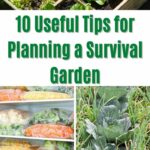
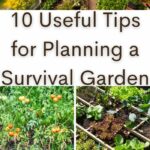
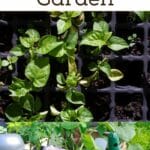
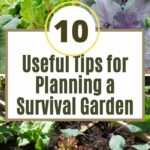
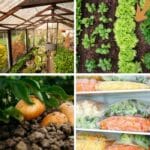
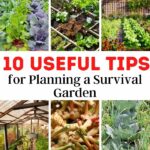
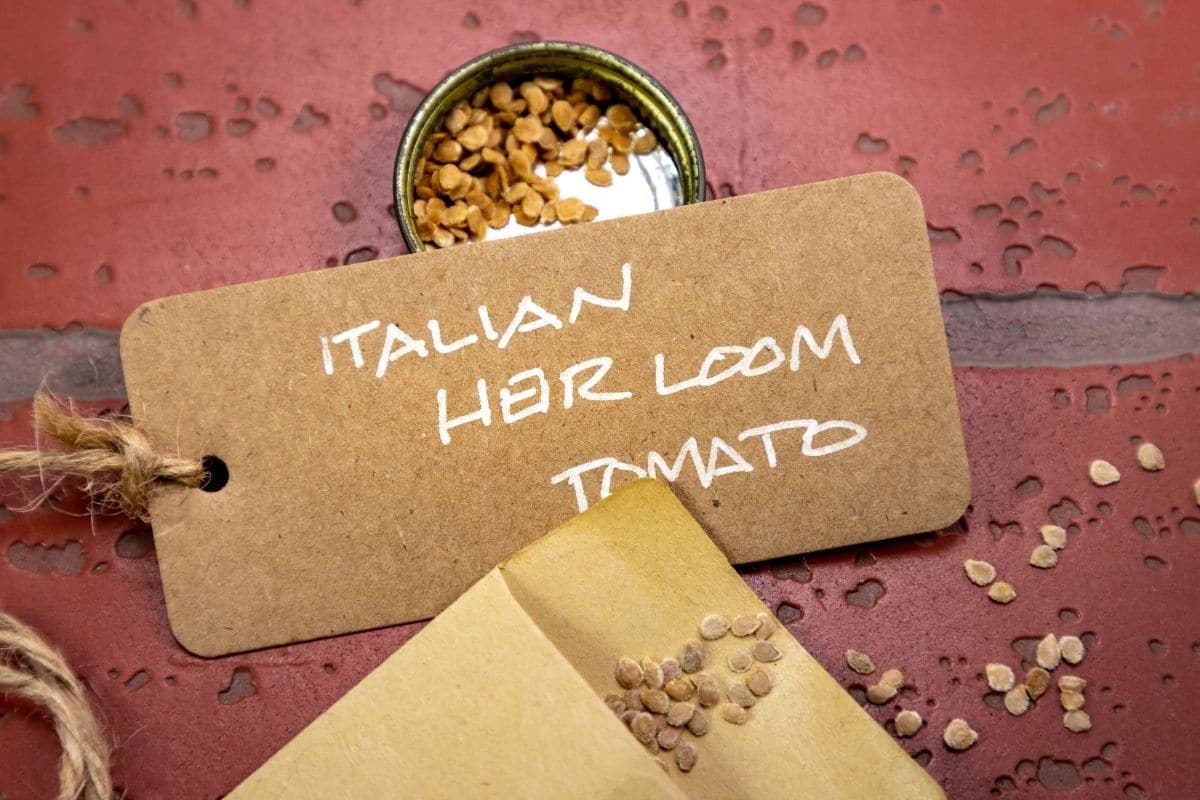
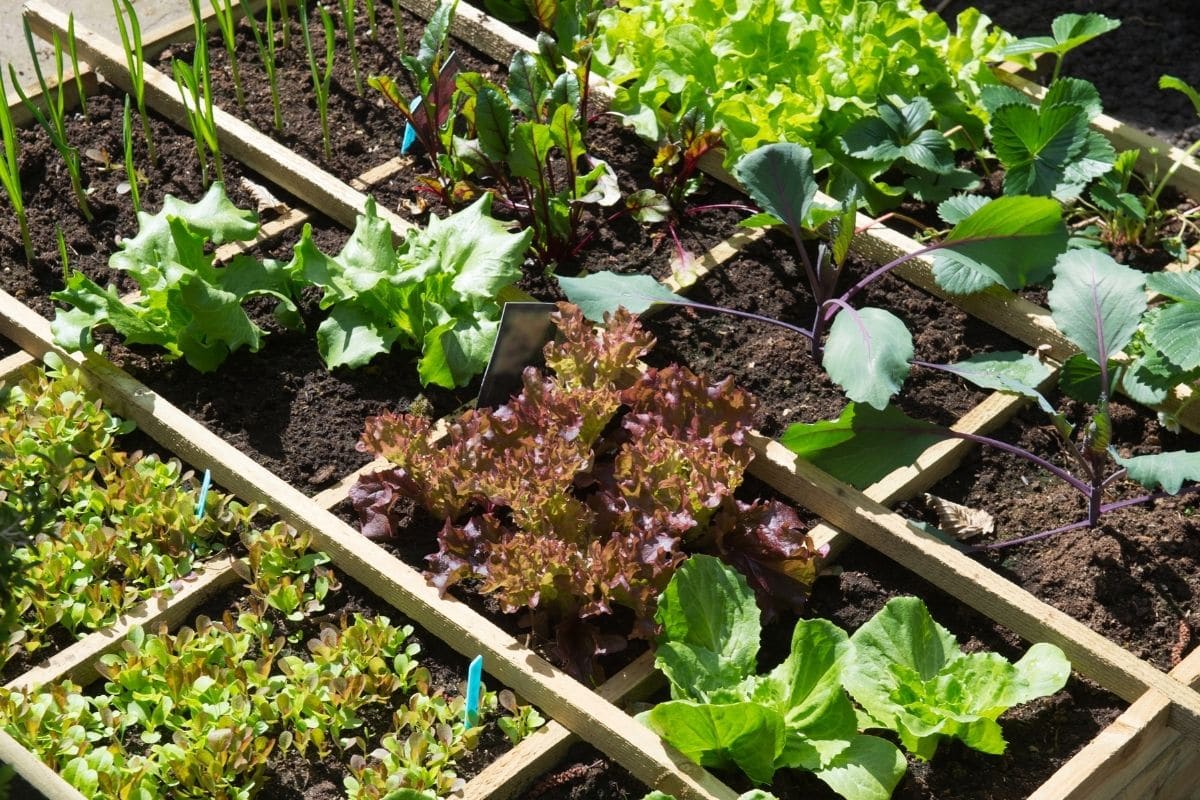
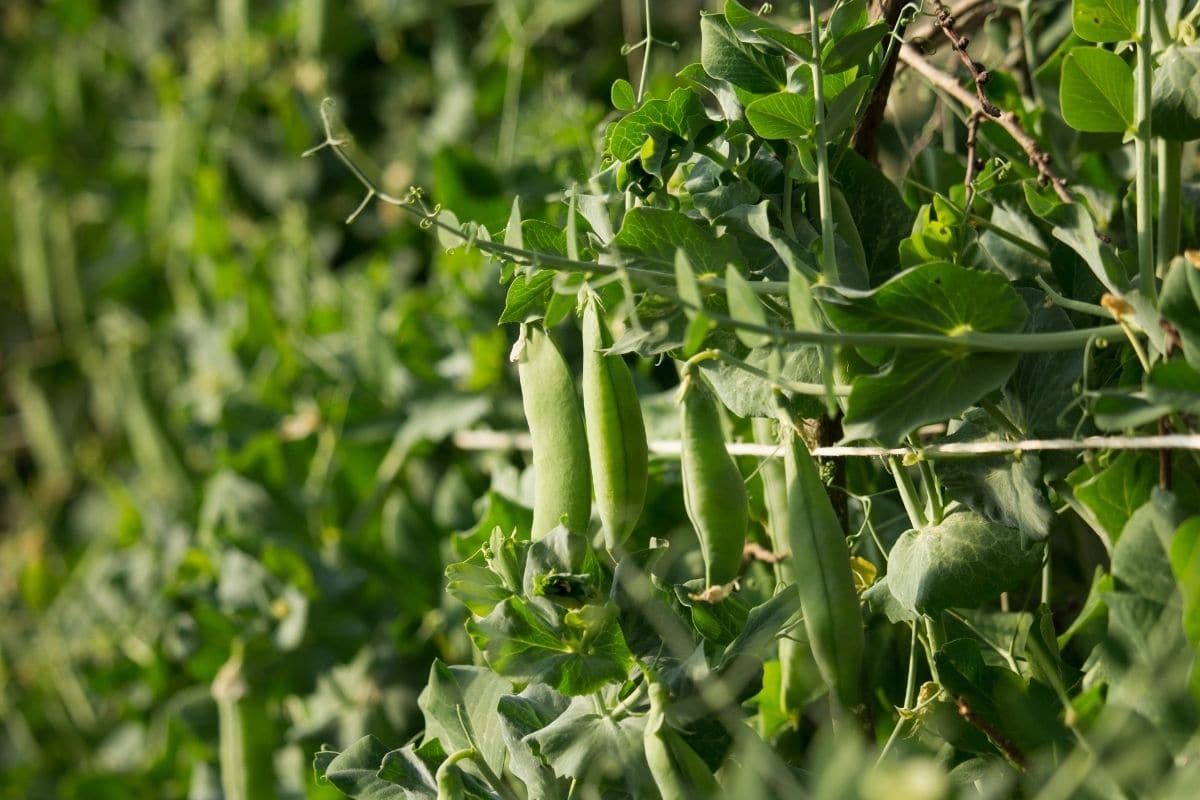
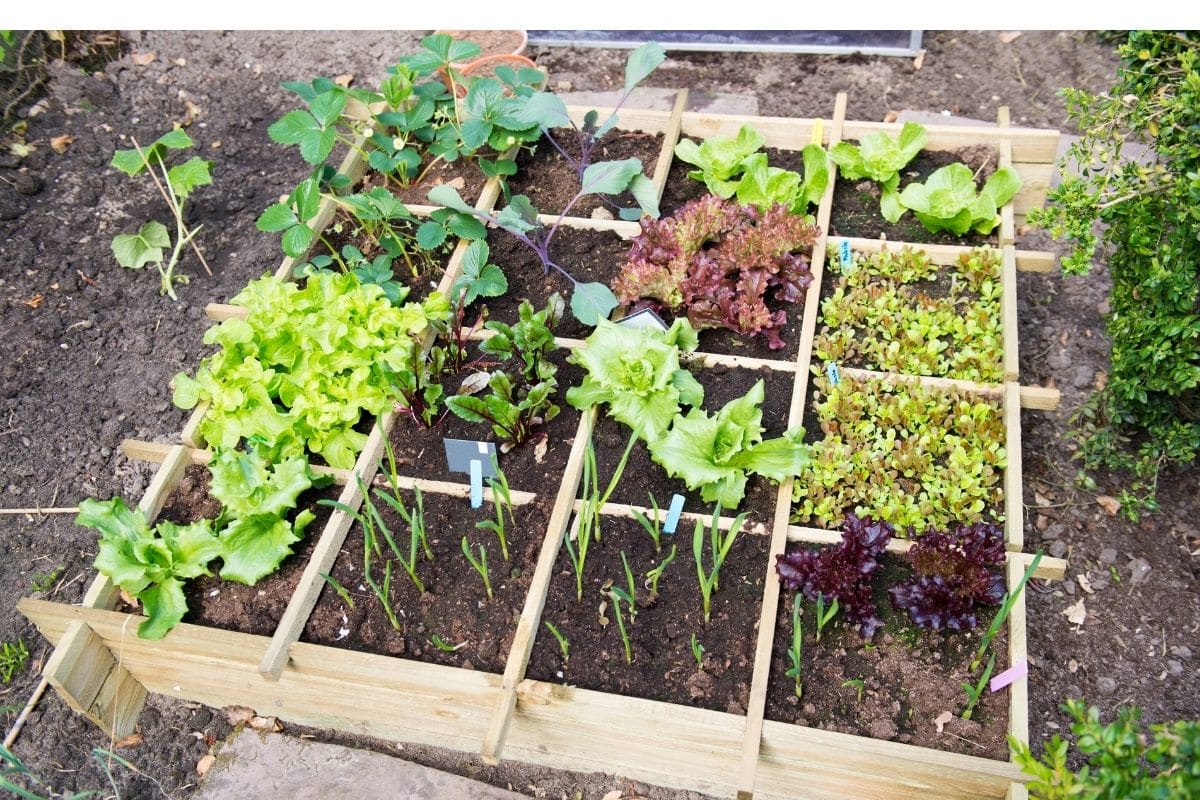
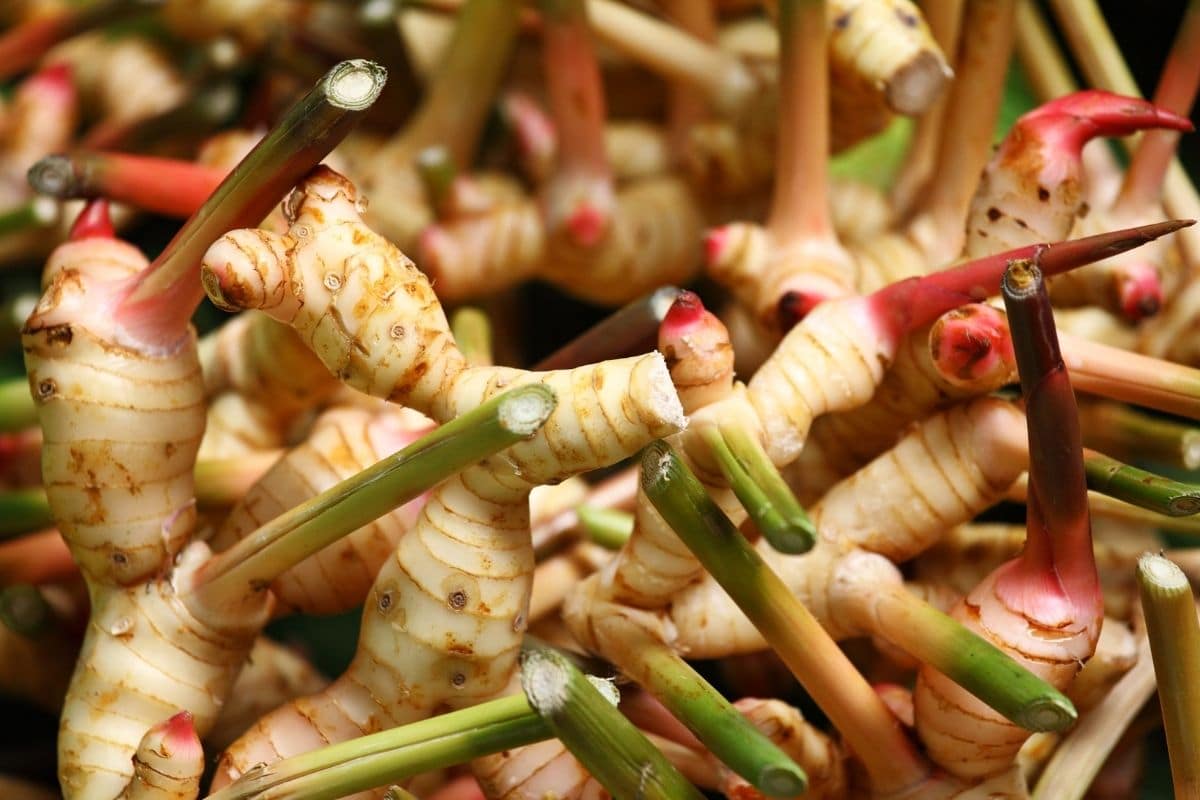
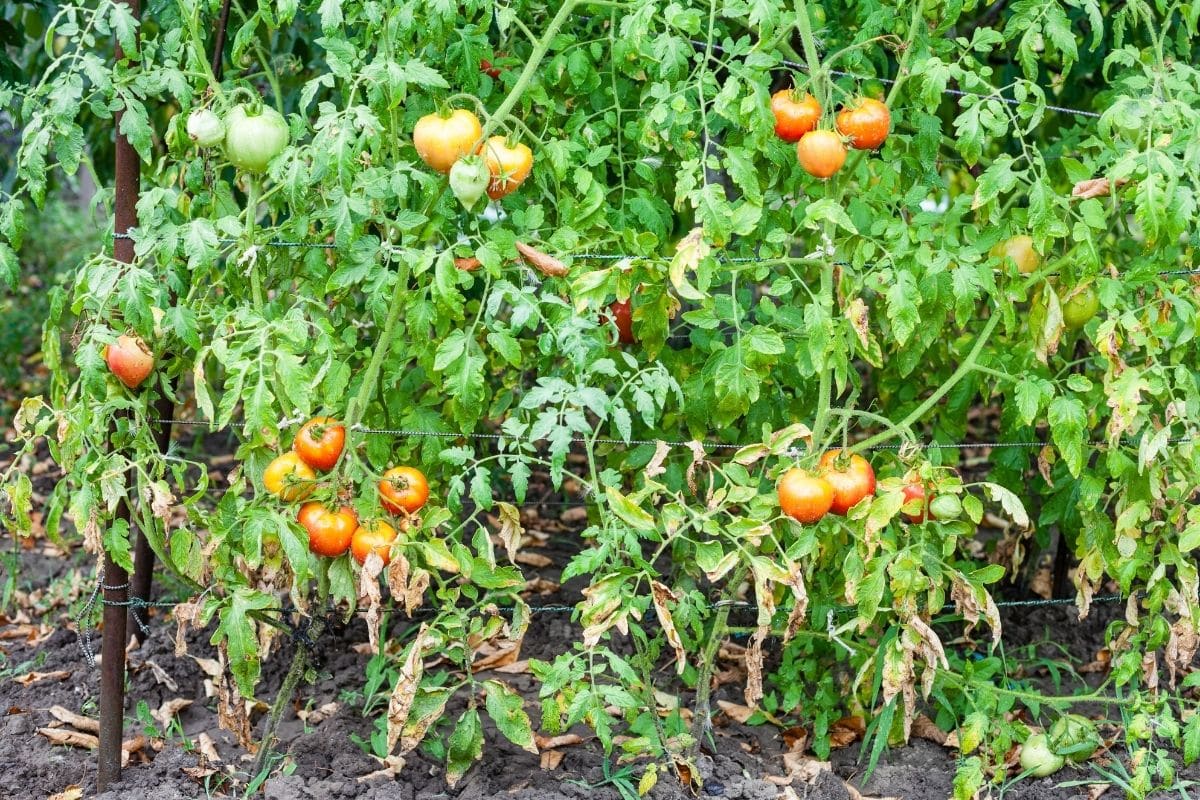
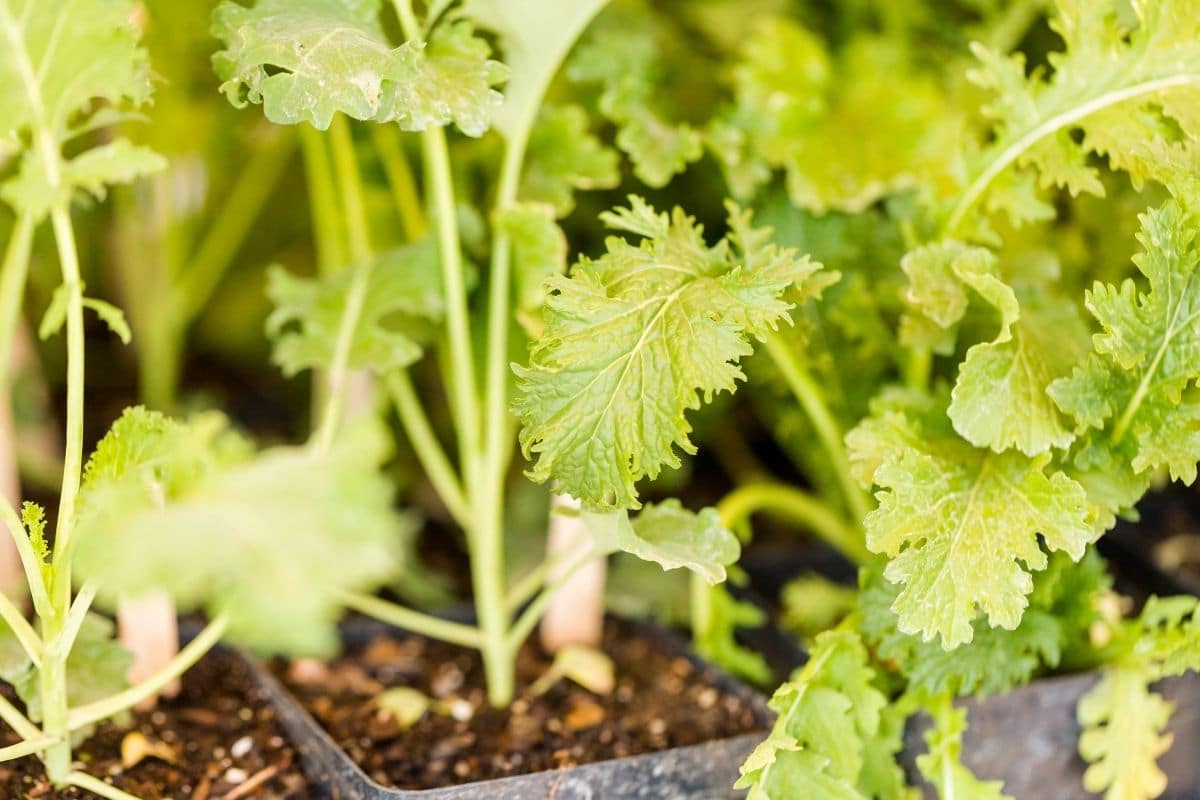
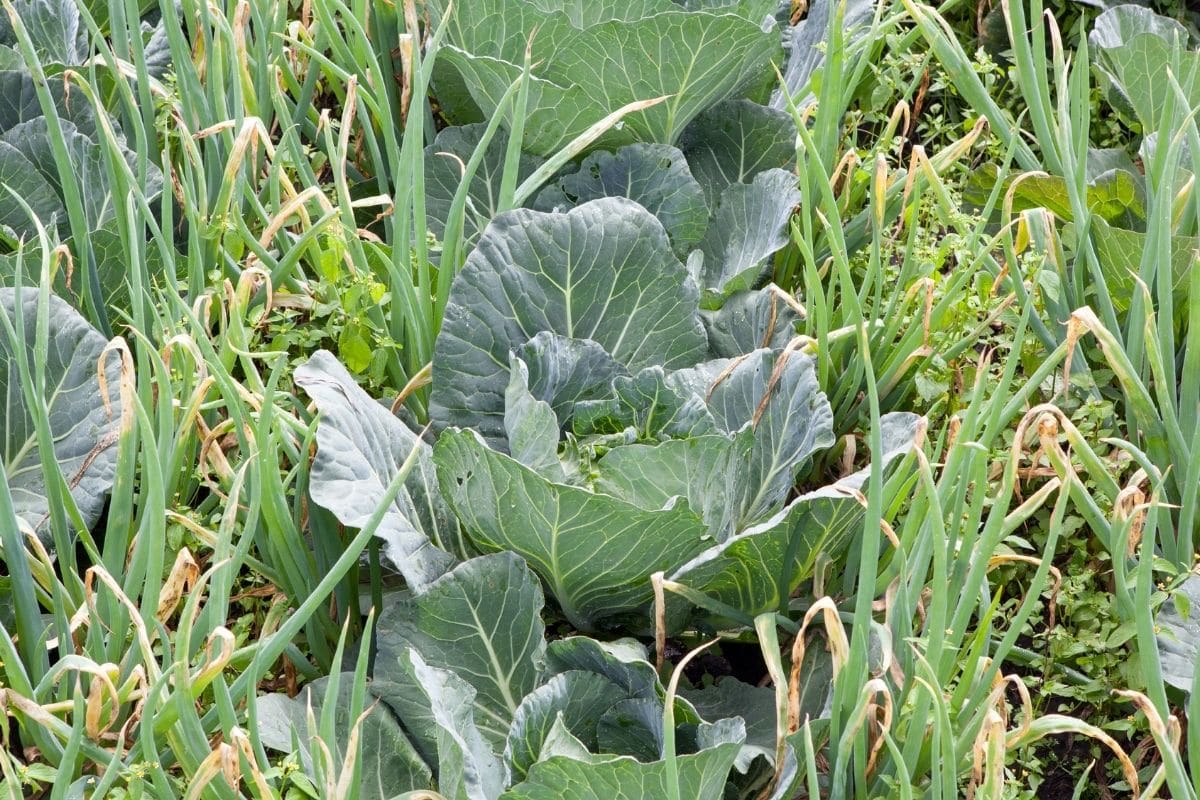
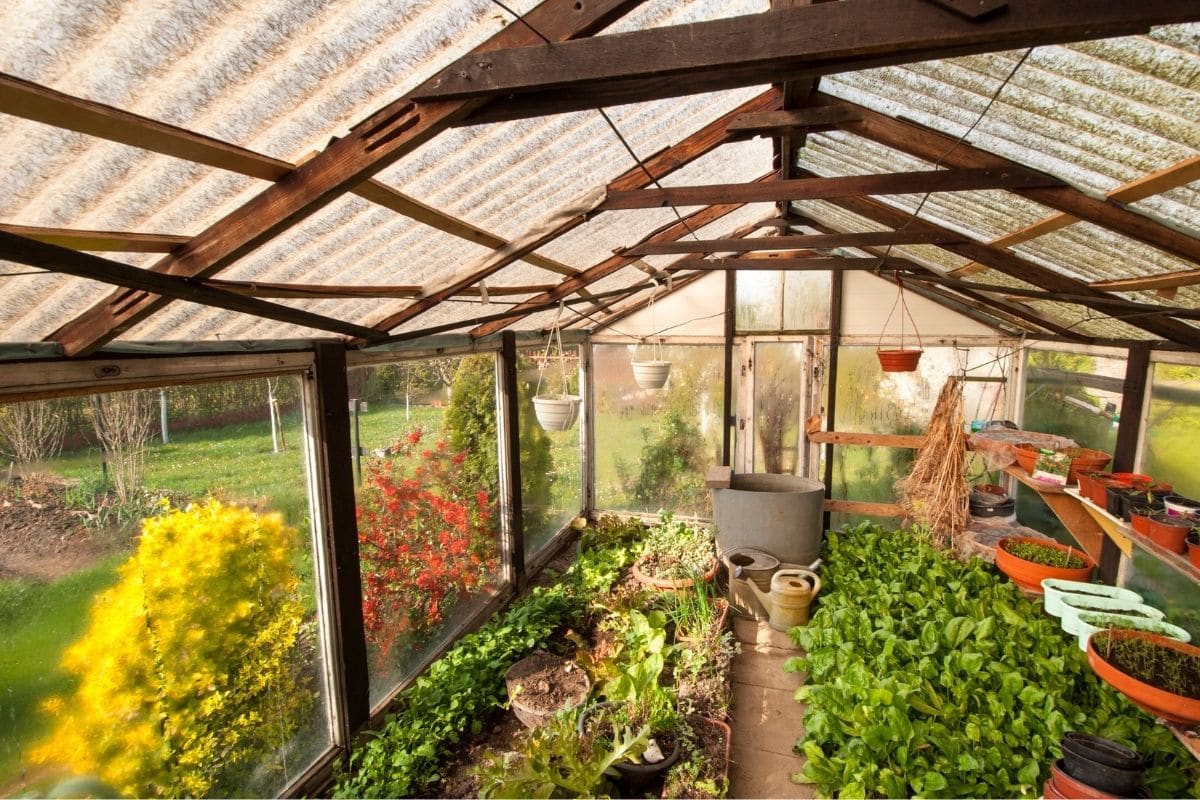
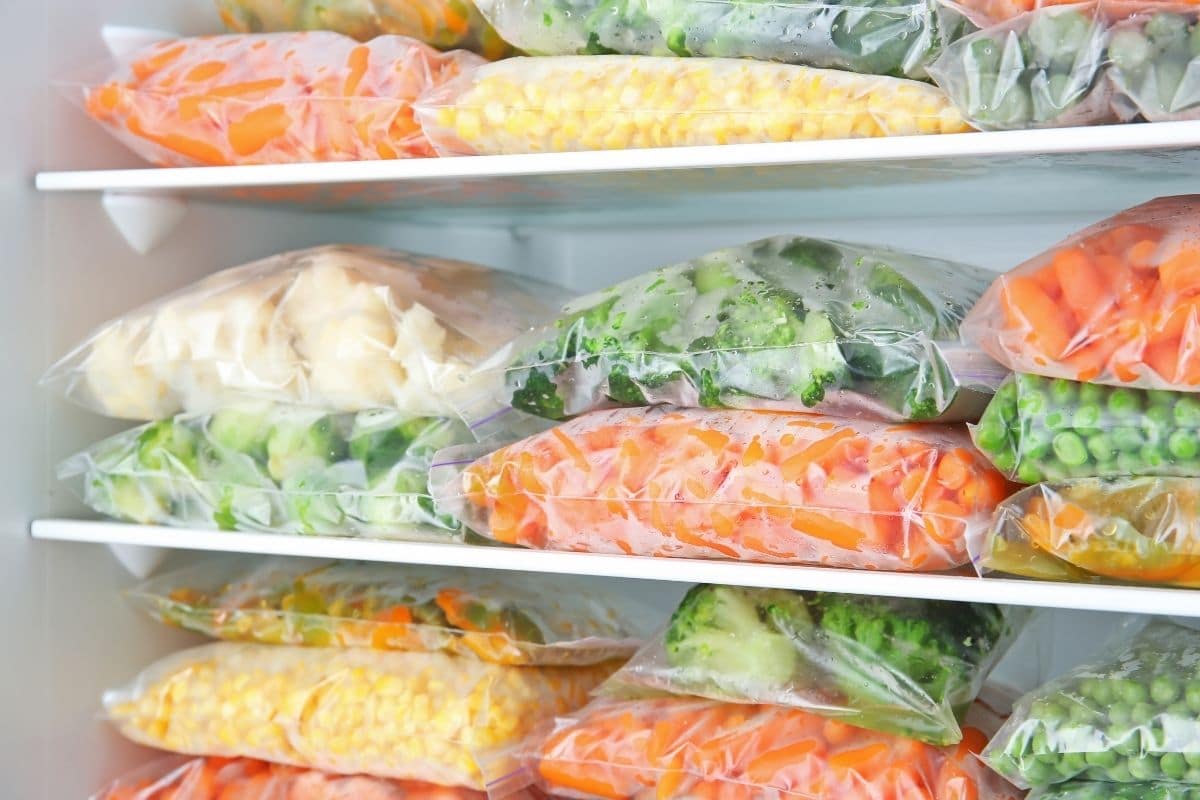
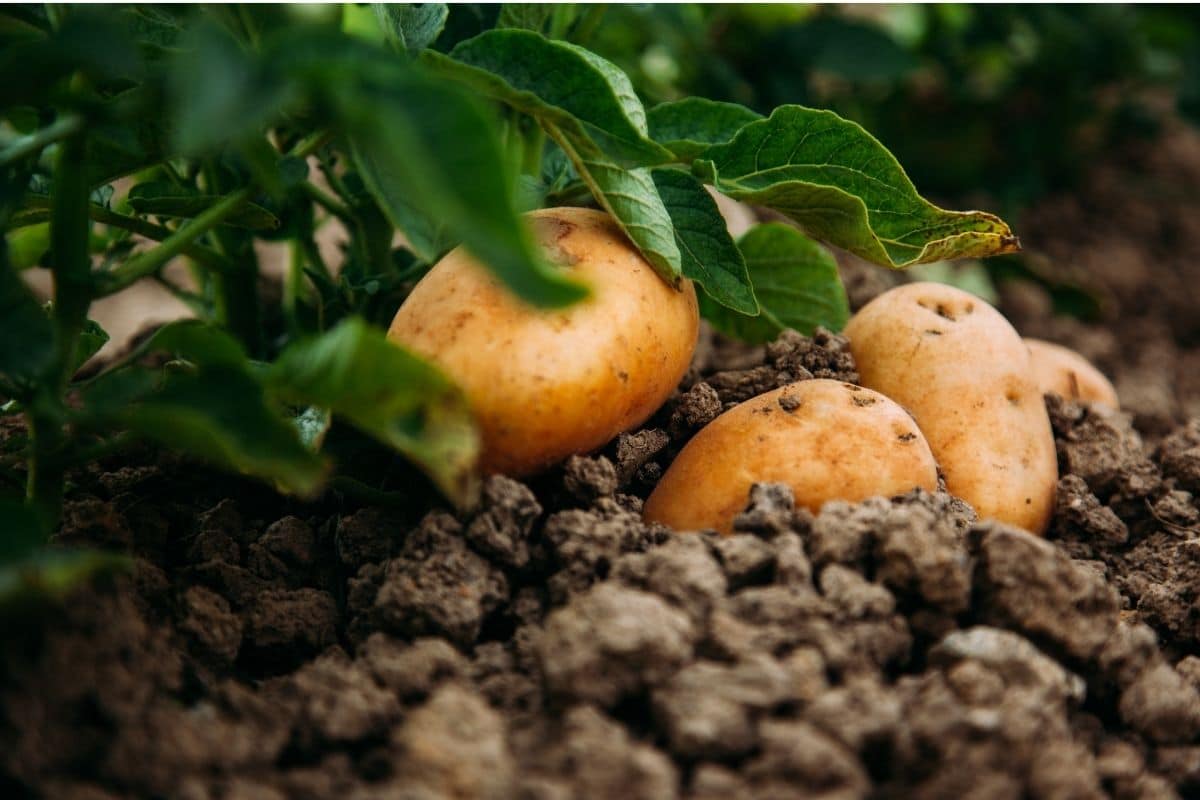
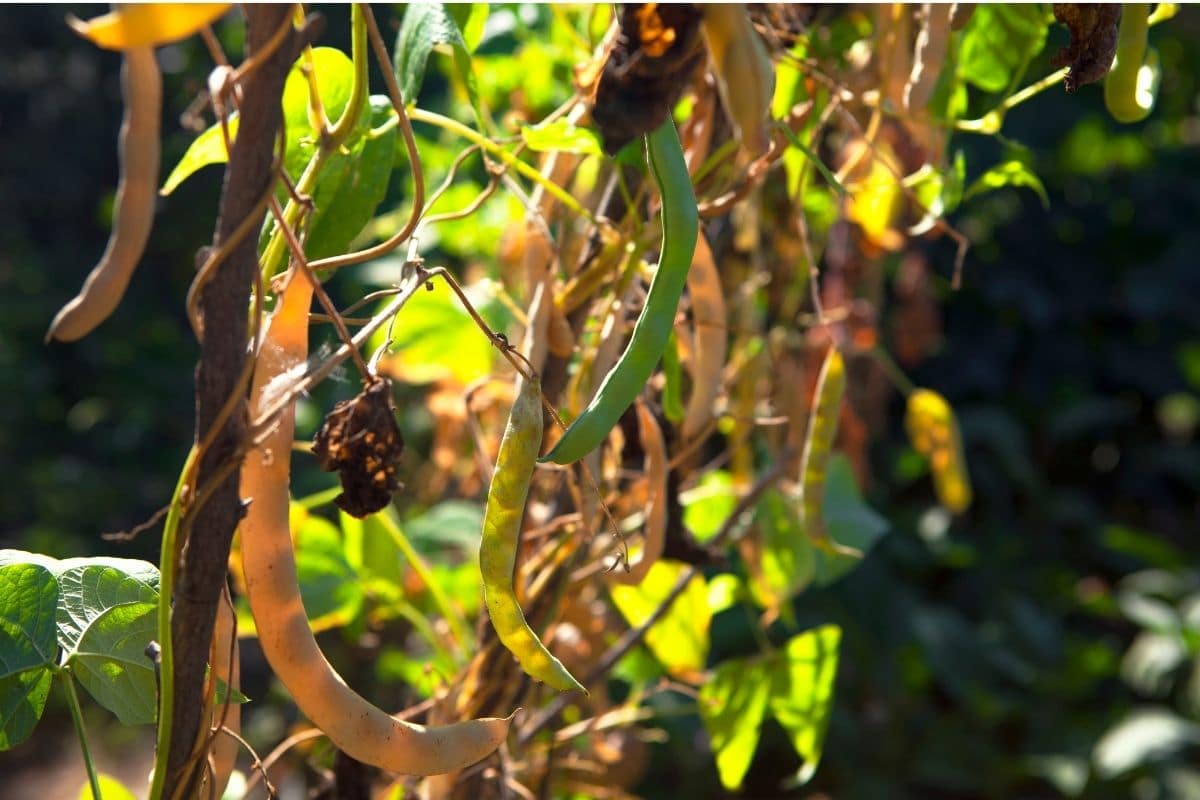
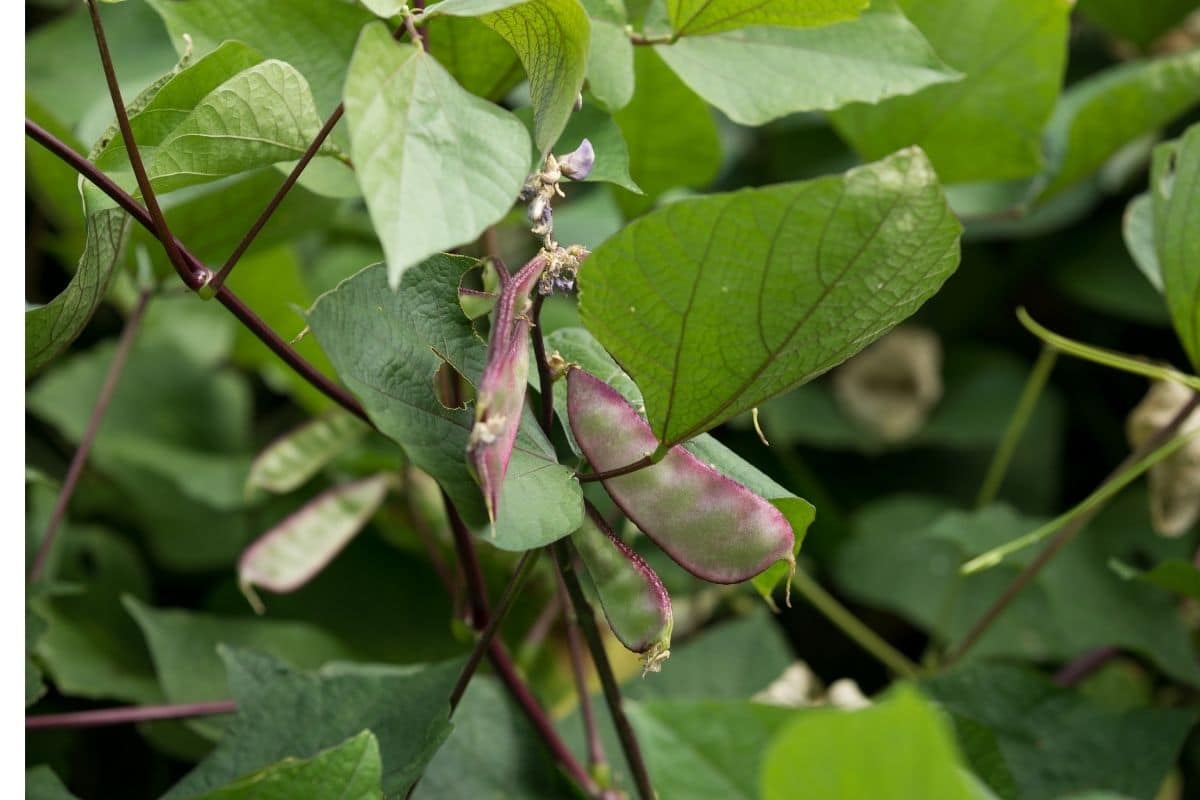
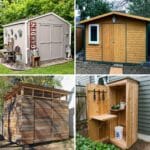

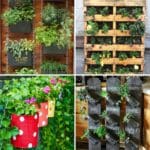

Dr. Douglas Crater
This is great. Keep up the good work, You are doing great, keep up the good work. Sincerely! Dr Douglas Crater, Horticulturist, flowers, vegetables and trees.